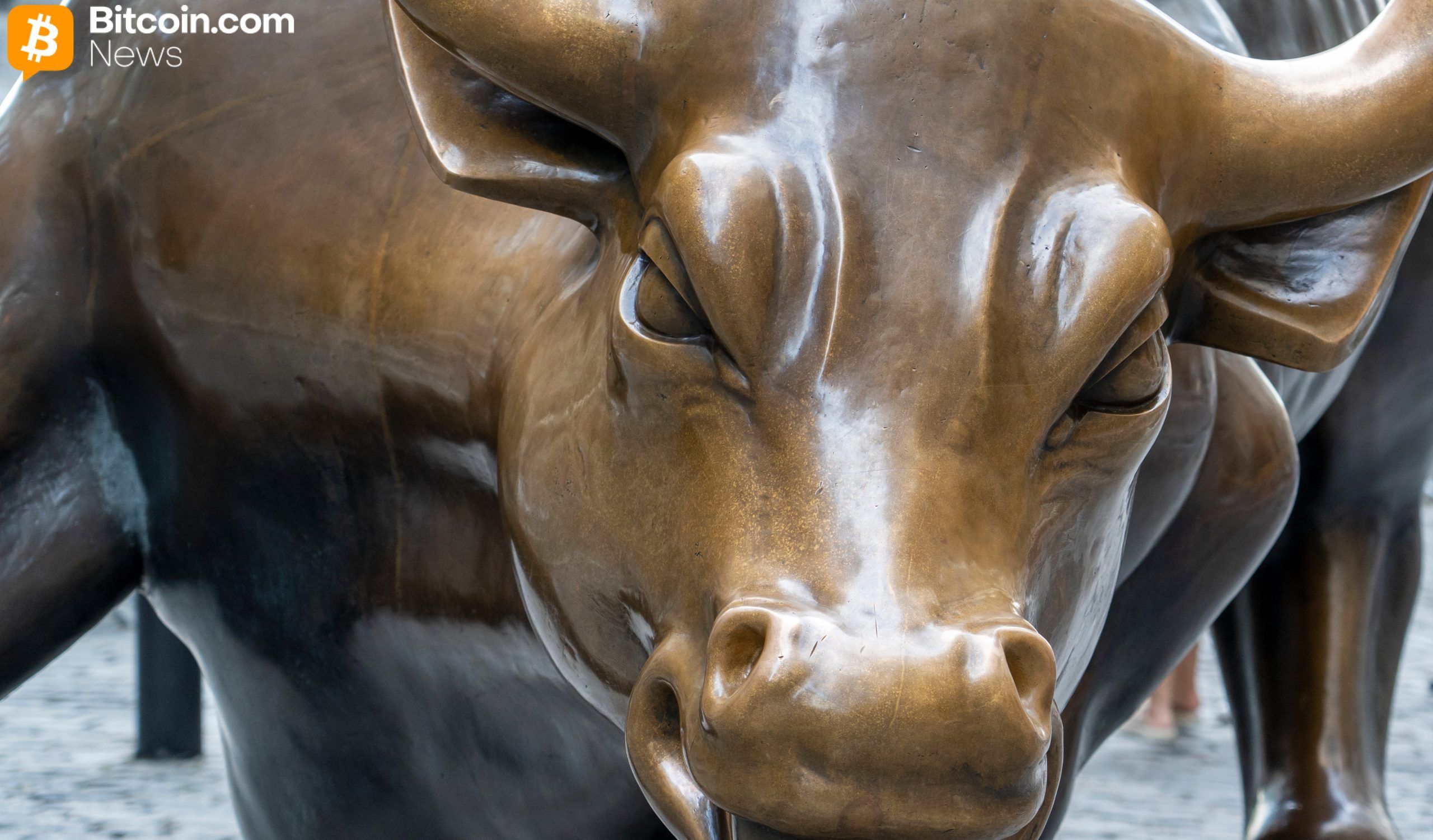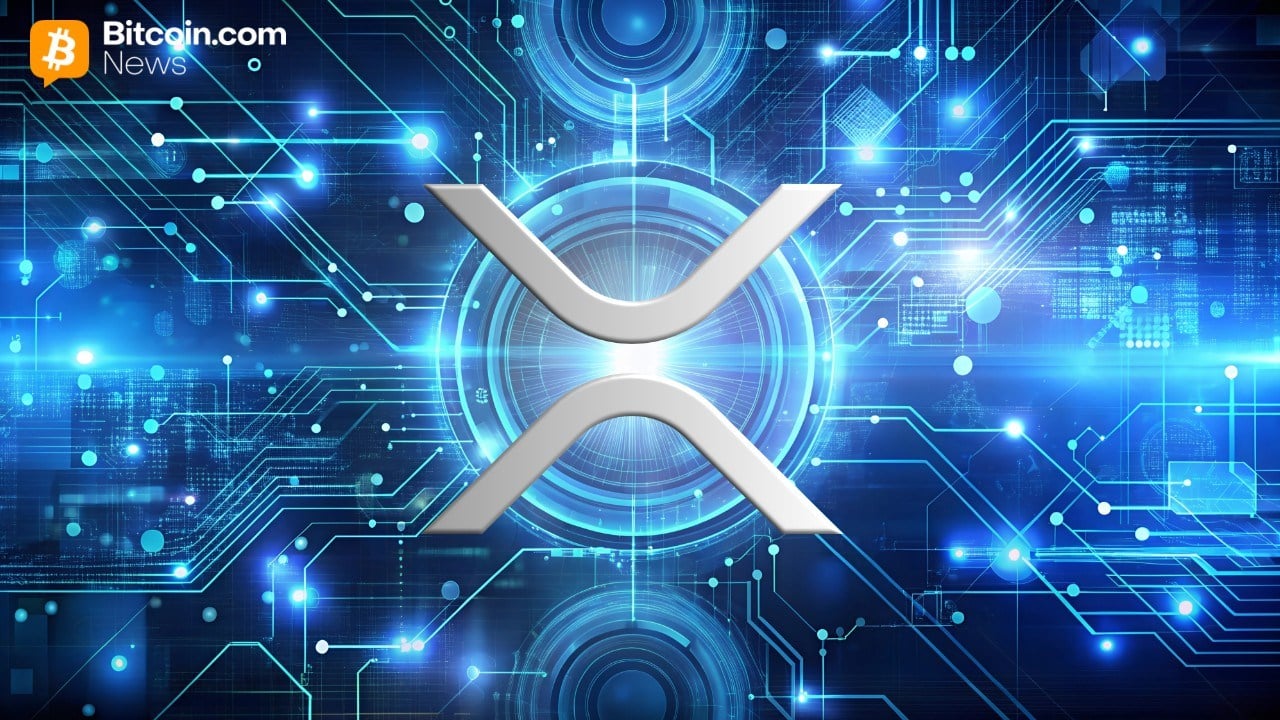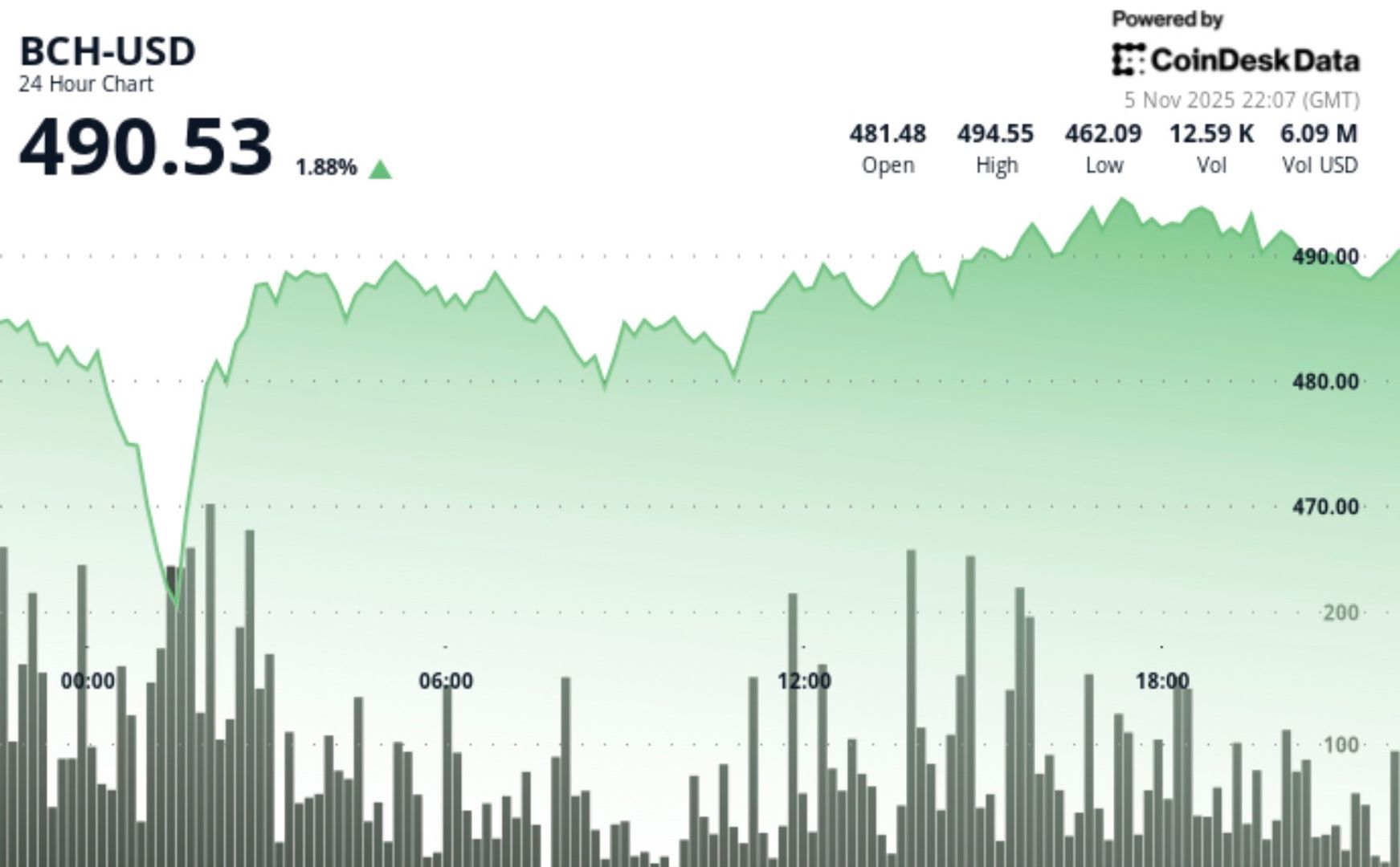Why Cardano Is Better Than Ethereum AllinCrypto March 28, 2025
Cardano is a robust blockchain network developed and founded by Charles Hoskinson, a co-founder of the Ethereum (ETH) network.
The ADA token and its blockchain were created by Hoskinson in response to Etheruem’s future limitations. According to Hoskinson, he wanted to design a more balanced and sustainable ecosystem.
Let’s compare Ethereum and Cardano, their strengths and weaknesses, and why Cardano (ADA) may be better than Ethereum (ETH) when the two are put against each other.
What Is Cardano ADA and How Is It Unique?
The Cardano blockchain was created by Charles Hoskinson after a dispute with Ethereum co-founder Vitalk Buterin on the direction of the Ethereum network.
Reposts suggest Hoskinson wanted ETH to accept venture capitalist funds and form a for-profit company. Hoskinson left Ethereum and founded IOHK, a company that would help develop blockchains for businesses.

Upon leaving Ethereum, Hoskinson founded Cardano and its blockchain which utilizes the ADA token for transaction fees, decentralized financial services, and helping to secure the network.
Unlike Ethereum’s proof-of-work model, Cardano began as an Ouroboros proof-of-stake (PoS) network. Ouroboros distributes network consensus across multiple staking pools, making it more energy-efficient when compared to Bitcoin and Ethereum.
Cardano (ADA) was launched in 2017 and is currently led by the Cardano Foundation, IOHK and Emurgo. The Cardano Foundation, based in Switzerland, aims to promote and regulate the network. IOHK developed the network itself while Emurgo settles Cardano’s commercial use cases.
In 2021, Cardano reached an all-time high of $3.09 at a $77 billion market cap, pushing the ADA token into the top 10 cryptocurrencies. In 2025, President Donald Trump mentioned Cardano and other altcoins in a post about an upcoming Crypto Reserve, legitimizing Cardano as an investment asset.
ADA ETFs are due to be launched within 2025 as Greyscale Investments filed for an ADA ETF with the SEC in early 2025.
How Does Ethereum Work and What’s Happening to ETH in 2025?
Ethereum began the DeFi sector after launching in 2015. The ETH token facilitates decentralized financial applications on the network, allowing developers to make products and services and for users to access them and pay for fees in ETH.

Since 2015, Ethereum has switched from a proof-of-work consensus to a proof-of-stake aimed at lowering fees and fixing Etheruem’s scaling limitations.
In 2024, Ethereum ETFs landed in institutional investment firms alongside Bitcoin ETFs by BlackRock. Ethereum ETFs have been a gateway for institutional players to gain exposure to decentralized finance in crypto.
Despite this, Etheurem has struggled to maintain its innovative position as other networks such as Cardano, offer tough competition in the race for crypto adoption.
Cardano vs. Ethereum
TPS: ADA Ouroboros POS & ETH 2.0
From the top, Cardano’s Ouroboros Proof-of-Stake consensus mechanism is more cost-effective and a lot faster than Etheruem’s ETH2.0 proof-of-stake consensus.
Cardano’s network without sidechains can handle a maximum theoretical TPS of 18 compared to Ethereum’s 119.
Although, Cardano’s Hydra Network layer-2 chain reached 1 million TPS during their DOOM videogame tournament, solidifying Cardano’s Hydra network as one of the fastest blockchains in the industry.
Ethereum’s Sharding scaling solution was implemented in ETH2.0 to provide a way for the network to scale effectively. As of February 2025, the Ethereum Foundation has spoken about Danksharding, a way for Ethereum to handle 100,000 TPS.
Decentralization: Cardano Plomin Hardfork & ETH 2.0 EIPs
Since Cardano’s Plomin Hard Fork, ADA holders are able to vote on proposals and take a more active role in Cardano’s decentralized community than ever before.
After the implementation of Plomin, Cardano became one of the most decentralized networks in the crypto market due to its community involvement and rights to token holders.
Compared to Ethereum, decisions are made by the Ethereum Foundation and EIP’s (Ethereum Improvement Proposals) cannot be voted on by node operators or ETH stakers.
Blockchain upgrades and developments: Midnight & Ethereum Pectra
Cardano is often upgraded and developed with new implementations. The Cardano roadmap is split into various phases named Byron (Foundation), Shelly (Decentralization), Goguen (Smart Contracts), Basho (Scaling) and Volitare (Governance).

Research and developments are split into categories and are shared publicly by the Cardano Foundation.
Most recently, the Midnight Sidechain will bring a private network layer to Cardnao, allowing users to make private transactions hidden from public view.
Ethereum developments tend to be slow but when they do arrive, they are quite meaningful events. Ethereum’s Pectra Upgrade is due to launch on April 30, 2025. The upgrade may allow users to pay for gas fees using other cryptocurrencies that are not ETH.
Cardnao vs. Etheurem: Which blockchain is better?
Cardano and Ethereum are both strong networks, both settled within the top 10 cryptocurrencies by market capitalization.
While Cardano excels in TPS, cost-effectiveness, and robust sidechains, Ethereum excels in decentralized finance.
Over time, we may see the scales turned as Cardano pushes for greater interoperability and decentralized financial use cases as institutions eye an ADA ETF launch later this year.
The post Why Cardano Is Better Than Ethereum first appeared on AllinCrypto.







